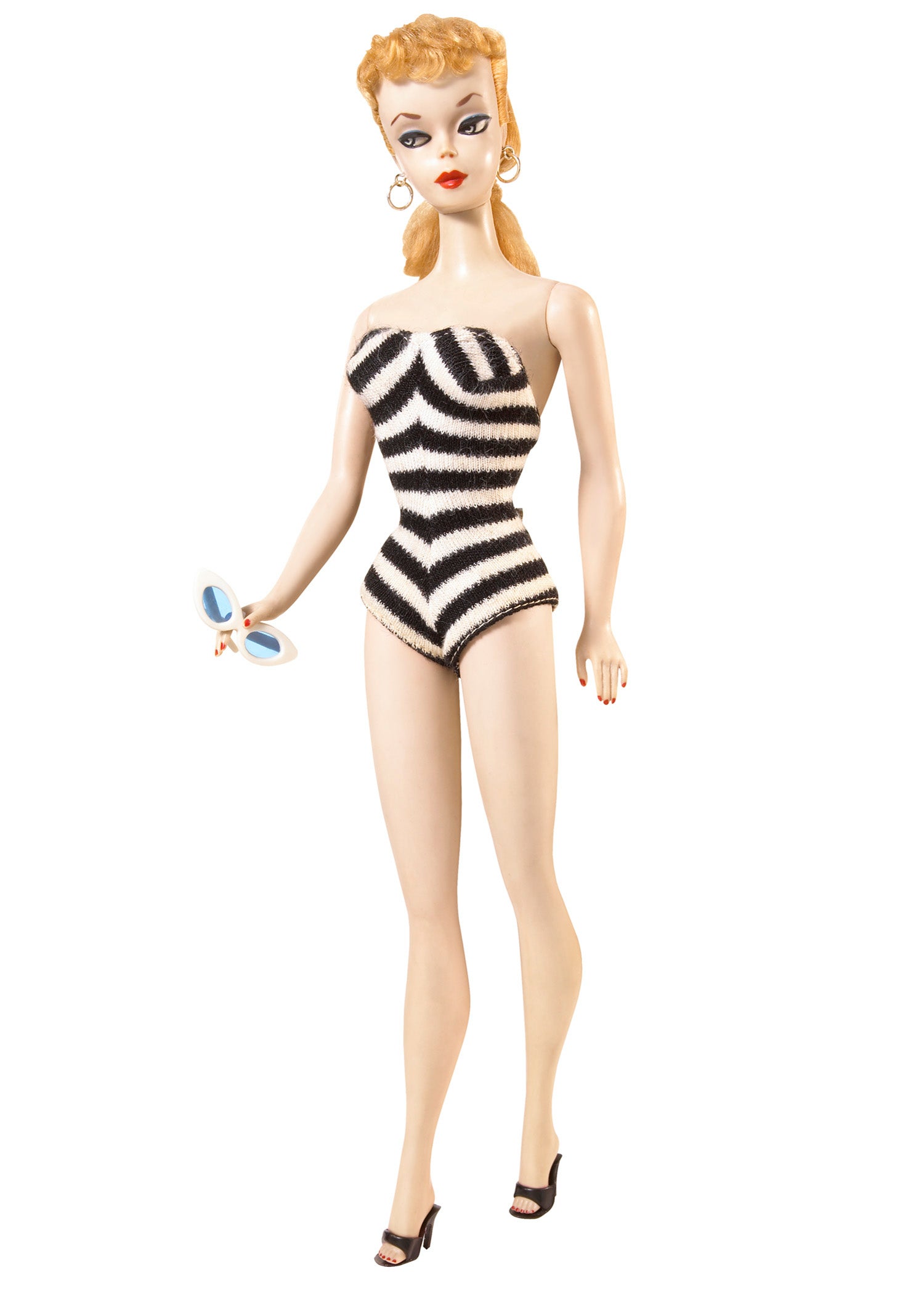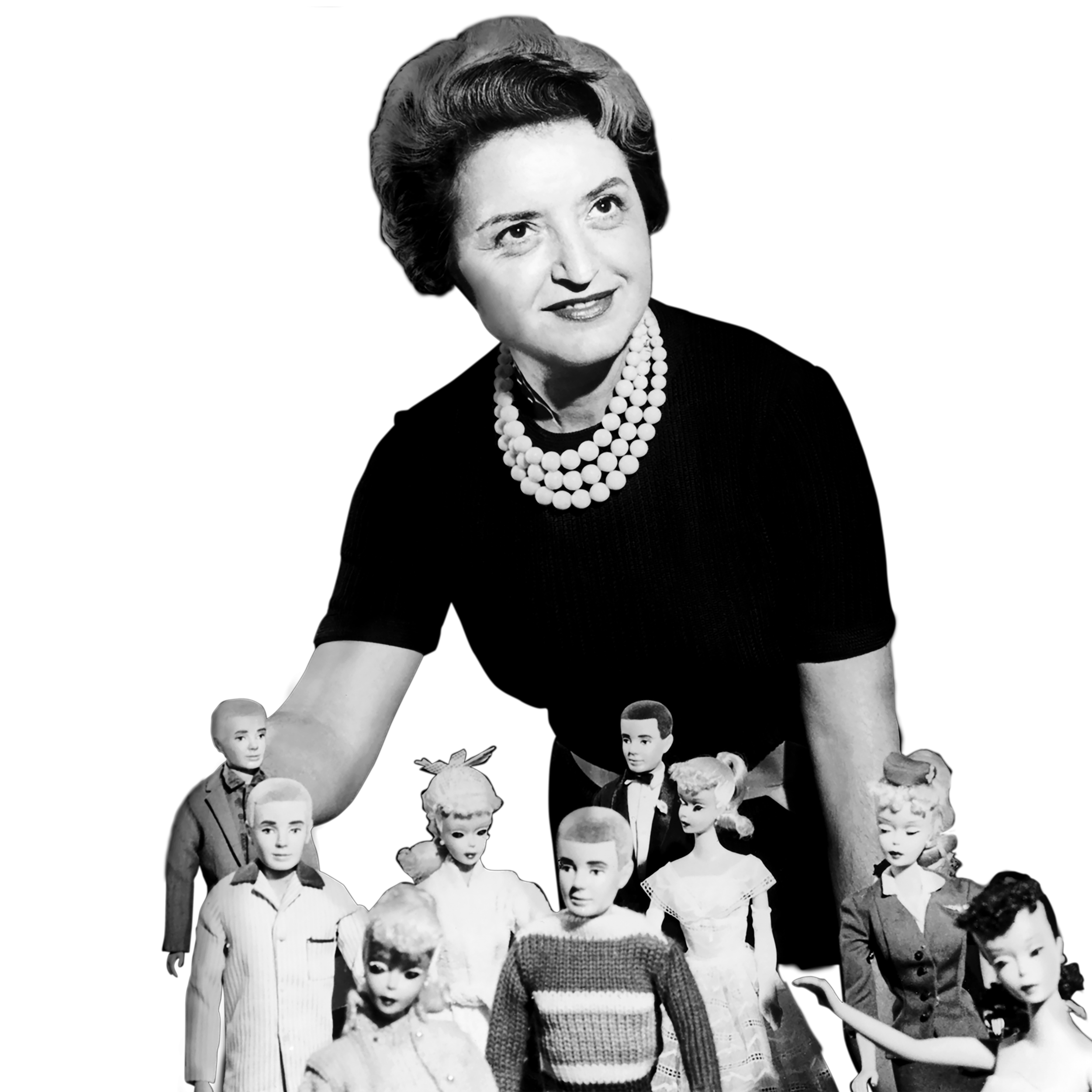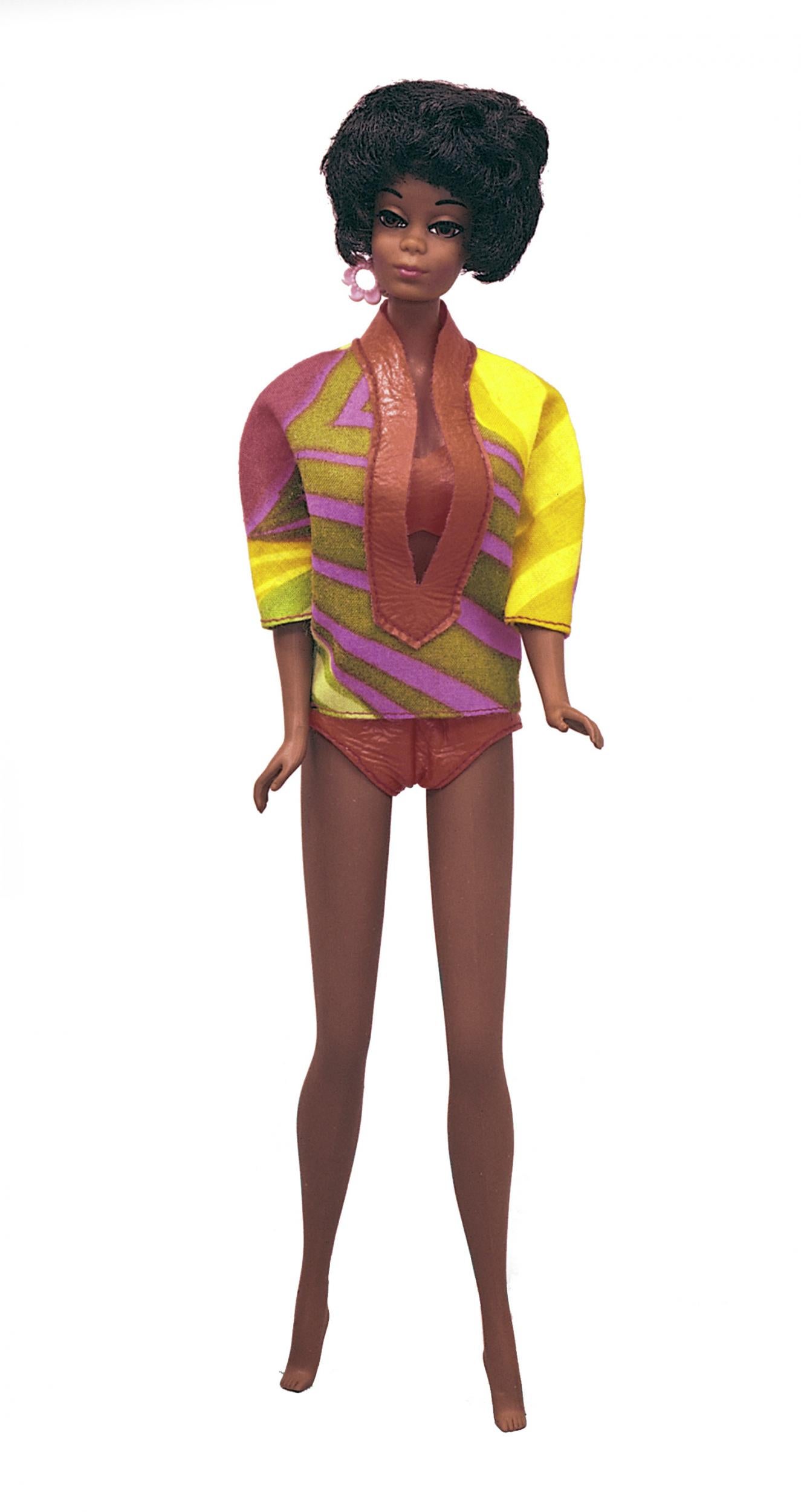Barbie dolls: blonde, white, slim and entirely unrepresentative of “normal” women.
The famous Mattel toy has long-been a source of controversy, largely due to its proportions. The original doll was 11.5 inches tall with a slim waist and large breasts.
When scaled up to human-size, some researchers claimed that a real-life Barbie would not be able to even stand up because her frame would be so unbalanced.
But as Barbie celebrates its 60th birthday, a look back into its archive reveals that Mattel has been trying to reposition the doll as a role model for young women.
Its newest dolls, for example, which were launched as part of the brand’s 60th anniversary, include one modelled after a Polynesian sports journalist named Melodie Robinson, another of tennis player Naomi Osaka and one of activist and model Adwoa Aboah.
Other inspiring women included in the latest Barbie lineup are aviation pioneer Amelia Earhart, boxing champion Nicola Adams OBE and plus-size model Ashley Graham.
“For 60 years, Barbie has spanned three generations of girls, inspired them with over 200 careers and sold more than a billion dolls in the process. Barbie has clearly stood the test of time and remains the ultimate empowerment brand for the next generation,” said Lisa McKnight, senior vice president and general manager at Barbie.
“On this milestone anniversary, we are using our global platforms to inspire girls and educate society on what we can do together to unlock their full potential. We can’t wait to see what is next for Barbie in the next 60 years to inspire the next generation of leaders.”
Of course, it wasn’t always this way. Read on to see how Barbie went from representing stick-thin, swimsuit-wearing pin-ups to replicating empowering feminists of all body shapes and ethnicities.
1959: First Barbie doll launched

Barbie was the creation of the late American businesswoman, Ruth Handler, who served as president of Mattel Inc. from its inception in 1945, when she founded the company with her husband, till 1975 when she resigned.
The first Barbie doll was unveiled to the toy industry during the New York Toy Fair on 9 March 1959. Handler named it after her daughter, Barbara Segal.

She wore a strapless monochrome striped swimsuit with black sling back heels. She also carried a pair of white cat-eye sunglasses, which were hugely popular in the 1950s.
The doll was originally priced at $3 (£2.30). But today first-edition Barbie dolls are sold for thousands of pounds online.
1961: First Ken doll released as “boyfriend” to Barbie
Similar to his female counterpart, Ken was launched as a fashion-forward doll and was named after Handler’s son, Kenneth.
Ken has had more than 40 different careers over the years, including surfer, barista, football player, and most recently, babysitter.
1965: Barbie goes to space

In 1965 Mattel released an astronaut Barbie, proving to young women that walking on the moon might just be a viable career for them.
The launch of this doll was particularly significant considering that it was unveiled four years before man walked on the moon.
1968: Christie is launched as the first black Barbie doll

The first black Barbie doll was introduced in 1968. She was named Christie and was succeeded in 1970 by Julia, who was inspired by American actor Diahann Carroll’s TV character Julia Baker from the hit sitcom, Julia.
The first black Ken doll, Brad, was released later that year.
It wasn’t until 1980 though, that the first black Barbie doll was launched under the Barbie name.
1970s – 1990s: Barbie takes on a number of powerful careers, from surgeon to President

Barbie took on a number of different jobs during this period.
In the 1970s, a surgeon doll was launched, which was a progressive move considering few women were applying to medical school at the time.
Then, in the 1980s, Mattel released “CEO Barbie” and in 1992, a presidential candidate Barbie doll was released, long before any woman ever ran for president in the US.
Other roles taken on by Barbie during this time included Olympic skier, veterinarian, air force pilot and naval petty officer.
2000s: Barbie adds computer engineer to her CV

Barbie continued to evolve after the millennium, with memorable dolls including Olympic swimmer Barbie (2001), producer Barbie (2005) and computer engineer Barbie (2010), which was particularly significant when you consider that women make up just 23 per cent of those in STEM occupations.
2015: Barbie starts honouring real-life women
Mattel suffered a 20 per cent sales drop between 2012 and 2014, so decided to respond by doing something new. Hence, the launch of new skin tones and hair textures, resulting in the most diverse collection of Barbie dolls yet as part of a wider brand commitment to honour women who continue to break boundaries.
That year also saw the launch of Barbie’s ongoing Shero programme, which is an initiative dedicated to releasing dolls that are representative of real-life female role models.
Since then, Shero dolls have been modelled after fencer Ibtihaj Muhammad, who became the first hijab-wearing Barbie, and Olympic boxer Nicola Adams.
2016: Barbie gets a plus-size makeover
In 2016, Mattel unveiled a range of Barbie body sizes, including curvy, tall and petite shapes, for the first time in its history. It was considered a landmark moment for the brand.
2019: Barbie represents even more body shapes and includes those with physical disabilities
In 2019, Barbies are now more diverse than ever.
Among dolls released this year are those with physical disabilities, various skin tones and even more body shapes.
Speaking to The Independent, Kim Culmone, senior vice president at Barbie Design, explains that the brand is now fully committed to making Barbie the most empowering and representative toy on the market.
“We are on the path of continually evolution for the brand in the aesthetic delivery of the doll,” she says. “We have an amazing new hair fibre that give us a very natural hair texture for African American dolls, we’re introducing braids, we have dolls with head to toe freckles.
“We have many different articulations of what Barbie can look like which helps us expand our representation of what is beautiful and Barbie’s position as a cultural icon that we take very seriously and being inclusive and being representative of the world around us is important to us.”
It seems that in 2019, every one of us can be a Barbie girl.







